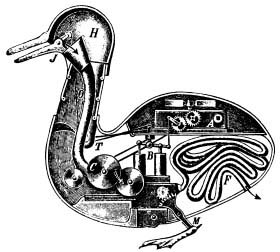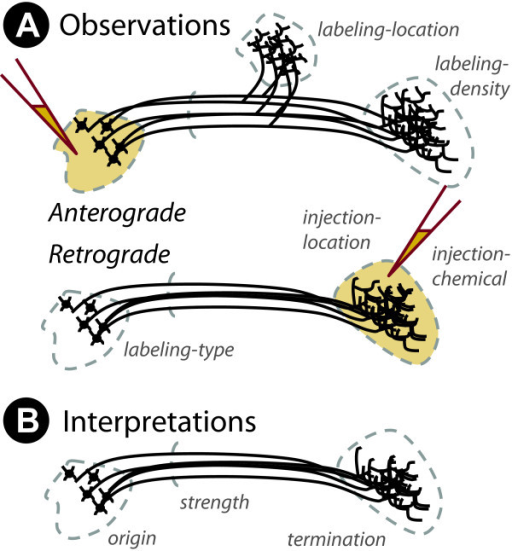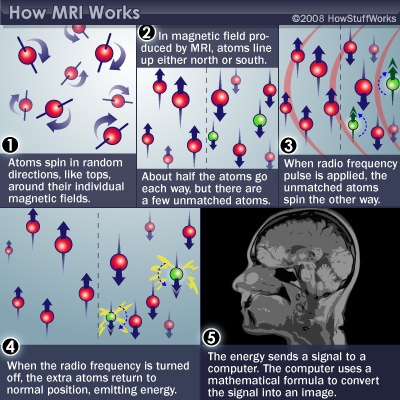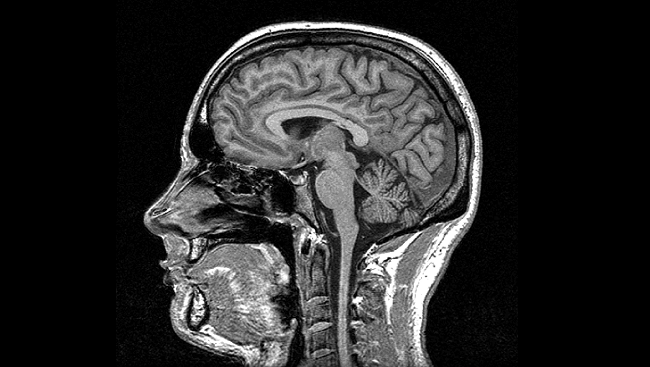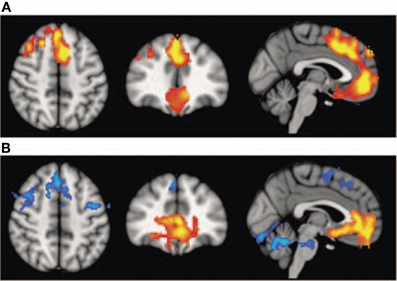- Spatial vs. temporal resolution
- Structural methods (parts, sizes, connectivity)
2020-08-25 14:12:50
Prelude (9:01)
Today’s topics
- History of neuroscience
- Levels of analysis
- Methods to the madness
Warm-up
Neuroscience is harder than physics because…
- A. The brain has more parts than any other physical entity we know about.
- B. Physicists have largely ignored biology.
- C. Nervous systems are influenced by multiple factors we can’t (yet) measure effectively.
- D. Physicists only study “toy” problems.
Neuroscience is harder than physics because…
- A.
The brain has more parts than any other physical entity we know about. - B.
Physicists have largely ignored biology. - C. Nervous systems are influenced by multiple factors we can’t (yet) measure effectively.
- D.
Physicists only study “toy” problems.
Systems have all of the following components EXCEPT:
- A. Boundaries
- B. Components
- C. Interactions among components
- D. Inputs and outputs
- E. Readily predictable behavior
Systems have all of the following components EXCEPT:
- A. Boundaries
- B. Components
- C. Interactions among components
- D. Inputs and outputs
- E. Readily predictable behavior
“If understanding everything we need to know about the brain is a mile, how far have we walked?”
J. Lichtman, https://www.youtube.com/watch?v=nvXuq9jRWKE&feature=youtu.be
History of neuroscience
Why study history?
- What can observation tell us about brain and behavior?
- Vital role of tools/methods/techniques in discovery
- “If I have seen further, it is by standing on the shoulders of giants.” – Isaac Newton, 1676
What did early humans know about the mind and brain?
- Mental functions controlled by organs in the head, i.e., the brain
- Mental functions can be influenced by substances we consume
- Head injury can impair behavior and thinking
- Something flows from brain to body via nerves
Why didn’t they know more?
Why didn’t they know more?
- A. Limited technology.
- B. Limited cultural support for systematic observation & description. = SCIENCE
- C. Lack of ability to use knowledge even if it were acquired.
The body as machine (René Descartes – mid 1600’s)
Descartes’ ‘reflexes’
- Reflexes “reflect” events in the world
- Not the same as voluntary functions
Descartes’ reflexes
Descartes’ ‘dualism’
- Reflexes and animal “minds” are physical, machine-like
- Human mind is not
- “Dual” influences on behavior
- Physical + spiritual
- Soul controls body via pineal gland
- Causes muscles to “inflate”
Pineal gland
Do you agree with Descartes?
- A. Yes, human minds are fundamentally different from animal minds. The human mind is influenced by both physical and extraphysical processes.
- B. No, human minds are similar to animal minds. The human mind arises solely from physical processes.
How would you test Descartes idea about the role of the pineal gland?
The lessons from history
- Neuroscience shaped by new methods, tools
- Neuroscience shaped by great debates
- Mind == brain debate
- Are functions local or distributed?
- Nature of neural communication
- Forms at multiple levels of analysis contribute to function
Levels of analysis
Spatial resolution
Spatial and Temporal Resolution
Spatial Resolution in Detail
- Within an individual
- molecular
- genetic
- receptor
- chemical
- neurotransmitter/hormonal
- cellular
- neuronal firing
- molecular
Spatial Resolution in Detail
- Internal to individuals
- network
- lateral inhibition
- area
- V1 varies by ~2x
- region
- Wiring/connectivity differences
- system
- network
Spatial Resolution in Detail
- External to individuals
- Social
- Friends, family, teachers, others
- Non-social
- Neighborhood, school, state/region, country
- Physical environment
- Social
Temporal Resolution in Detail
- Within one lifetime
- Microseconds
- detection position from acoustic stimulation
- Milliseconds
- action potential
- Seconds
- changes in EEG power
- short-term memory
- Microseconds
Temporal Resolution in Detail
- Within one lifetime
- Minutes
- synaptic plasticity
- Hours
- memory consolidation
- Hormone (melatonin, cortisol) levels
- Days
- Minutes
Temporal Resolution in Detail
- Within one lifetime
- Weeks
- Months
- Years
- education & training
- disease processes
- cultural change
Temporal Resolution in Detail
- Across lifetimes
- Centuries
- cultural changes
- Millenia
- Natural & sexual selection
- Centuries
Why does this matter?
- Different methods, different levels of analysis
- Challenge of linking phenomena across levels
- How does the micro affect macro or vice versa?
- Challenge of interpretation
Neuroscience methods
Methods to the madness
- Tools in the neuroscientist’s toolkit
- What they tell us, and what they don’t
Evaluating methods
- What is the question?
- What are we measuring?
- Structure
- Activity
- Strengths & Weaknesses
- Cost
- Invasiveness
- Spatial/temporal resolution
Spatial and Temporal Resolution
Types of methods
- Structural
- Mapping the circuitry
- Anatomy & connectivity
- Functional (next time)
- What does it do?
- Physiology/Activity
Mapping structures
- Cell/axon stains
- Golgi stain – whole cells
- Nissl stain – cell bodies only
- Cellular distribution, concentration, microanatomy
Golgi stain
Nissl stain
Retrograde vs. anterograde histochemical tracers
- Neuron information flow polarized–flows in one direction
- Retrograde (from axon terminal to cell body); anterograde (from cell body to axon terminal)
- What connects where
Retrograde vs. anterograde tracers
Brainbow
Brainbow
Clarity
Evaluating cellular tracing techniques
- Invasive (in humans post-mortem only)
- High spatial resolution, but poor temporal resolution
- Why?
Mapping structures
- Computed axial tomography (CAT), computed tomography CT
- X-ray based
Tomography
Tomography
CT scan of stroke
Magnetic Resonance Imaging (MRI)
- Magnetic resonance
- Some common isotopes (e.g., H) & complex molecules have a magnetic dipole
- Axes align with strong magnetic field
- When alignment perturbed by radio frequency (RF) pulse, speed of realignment varies by tissue
- Realignment emits RF signals
MRI
How MRI works
Structural MRI
- Reveals tissue density/type differences
- Gray matter (neurons & dendrites & axons & glia) vs. white matter (mostly axons)
- MR Spectroscopy
- Region sizes/volumes
Structural MRI of the brain
Diffusion tensor imaging (DTI)

Diffusion tensor imaging (DTI)
- Type of structural MRI
- Reveals integrity/density of axon fibers
- Measure of connectivity
Voxel-based morphometry (VBM)
- Voxels (volume-based elements)
- Morphometry, measure (“metry”) form/morphology.
- How does brain size or thickness vary by age, disease status, etc.?
Main points
Next time…
- Functional neuroscience methods
- Neuroanatomy
